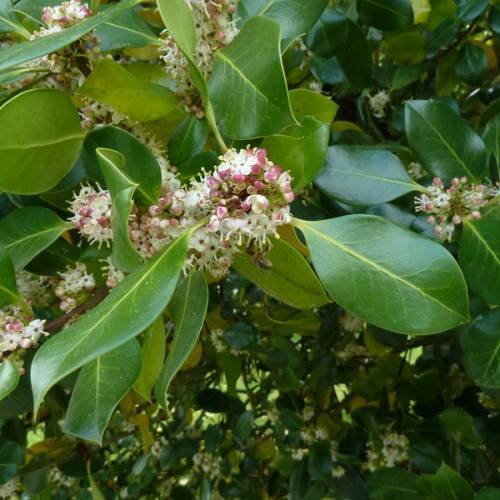
Highclere holly
Ilex x altaclerensis
Cycle:
Perennial
Watering:
Average
Hardiness Zone:
5
Flowers:
Flowers In Summer
Sun:
full sun,part sun/part shade
Soil:
Rocky , gravelly , dry, Well-drained
Fruits:
Fruits In Autumn Ready In Fall
Leaf:
Yes
Growth Rate:
Moderate
Drought Tolerant:
Yes
Salt Tolerant:
Yes
Invasive:
Yes
watering
False Dandelion thrives in average garden soil and regular watering. Water thoroughly at least once per week, taking care not to over-water the plant. If the soil appears dry, water until it begins to ooze from the drainage holes in the container. In hot, dry climates, you may need to water 2 to 3 times per week. In cooler climates or during periods of abundant rainfall, less frequent watering may be adequate. Avoid letting the soil dry out completely, as this can lead to wilting and stress in the plant.
sunlight
False Dandelion is a sun-loving plant species that thrives best when given at least 8-10 hours of direct sunlight each day. If the plant is grown in full sun most of the day, it can survive with as few as 6 hours of direct sunlight. It is important to note that adequate indirect light should also be available for at least 6 hours of the day for optimal growth. Strong sun might scorch the False Dandelion, so it is best grown in a partially shaded spot in hot, dry climates.
pruning
False dandelion, or Hypochaeris radicata, should be pruned in late winter or early spring. This is the best time to trim the plant back to encourage lush foliage without risking losing flowers. Prune to just above the ground, cutting all the foliage back. Cutting too much can damage the plant, but you should be able to take off at least a 1/3 of the foliage without causing too much harm.
